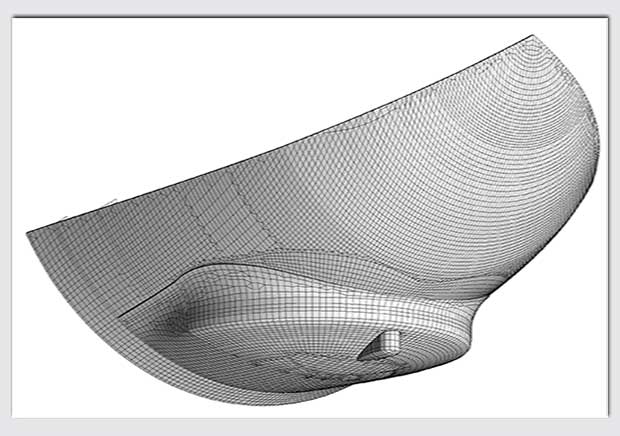Resource > Ship Impact Study: Analytical Approaches and Finite Element Modeling
Ship Impact Study: Analytical Approaches and Finite Element Modeling
Authors
Publication
This report appeared in Shock and Vibration, Volume 19, Issue 13, January 2012.
Abstract
The current paper presents the results of a ship impact study conducted using various analytical approaches available in the literature with the results obtained from detailed finite element analysis. Considering a typical container vessel impacting a rigid wall with an initial speed of 10 knots, the study investigates the forces imparted on the struck obstacle, the energy dissipated through inelastic deformation, penetration, local deformation patterns, and local failure of the ship elements. The main objective of the paper is to study the accuracy and generality of the predictions of the vessel collision forces, obtained by means of analytical closed-form solutions, in reference to detailed finite element analyses. The results show that significant discrepancies between simplified analytical approaches and detailed finite element analyses can occur, depending on the specific impact scenarios under consideration.

